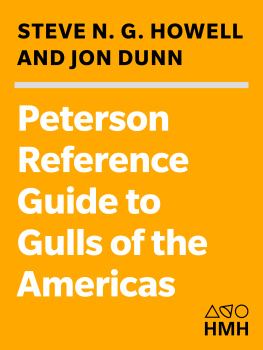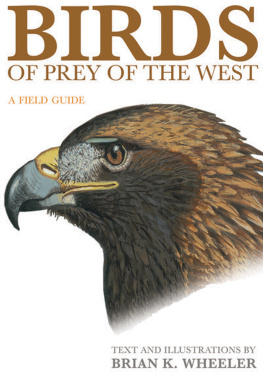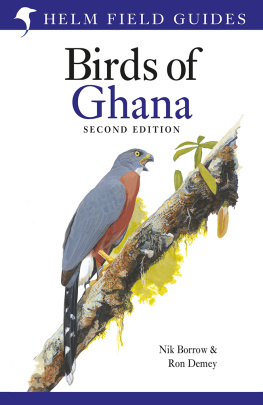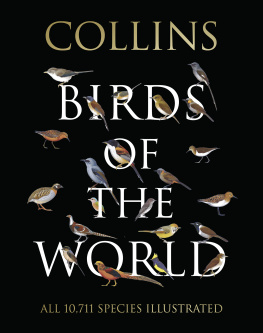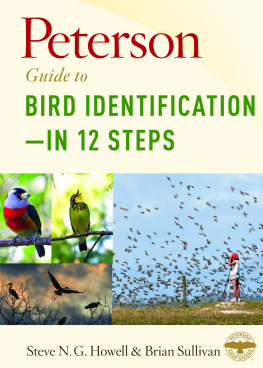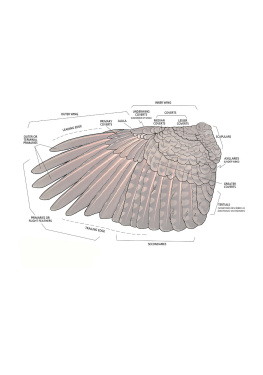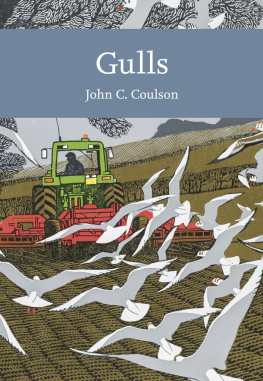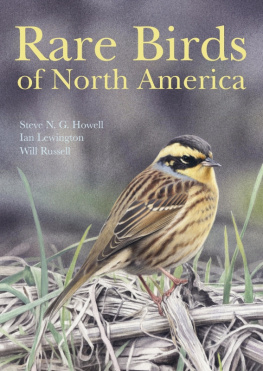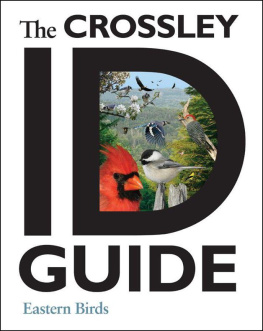Contents

Copyright 2007 by Steve N. G. Howell and Jon Dunn
All rights reserved
For information about permission to reproduce selections from this book, write to or to Permissions, Houghton Mifflin Harcourt Publishing Company, 3 Park Avenue, 19th Floor, New York, New York 10016.
www.hmhco.com
PETERSON FIELD GUIDES and PETERSON FIELD GUIDE Series are registered trademarks of Houghton Mifflin Company.
The Library of Congress has cataloged the print edition as follows:
Howell, Steve N. G.
Gulls of the Americas/Steve N. G. Howell and Jon L. Dunn;
sponsored by the National Wildlife Federation and the Roger Tory Peterson Institute.
p. cm.(The Peterson reference guide series)
Includes bibliographical references.
ISBN -13: 978-0-618-72641-7
ISBN -10: 0-618-72641-1
1. GullsAmerica. I. Dunn, Jon, date. II. Title.
QL696.C46H675 2007
598.338097dc22 2006024132
e ISBN 9781328910226
v1.0517
Maps by Mapping Specialists, Ltd.
Paintings on by Martin T. Elliott
Photographs on by Steve N. G. Howell
Photograph on by Bruce Mactavish
Book design by Anne Chalmers
D EDICATED
TO THE MEMORY OF J ONATHAN D WIGHT
AND P ETER J . G RANT,
WHO HELPED SET THE STAGE
FOR MODERN FIELD IDENTIFICATION OF GULLS
AND TO L ARRY B. S PEAR (19452006),
A LAROPHILE AND SCIENTIST EXTRAORDINAIRE,
WHO IS GREATLY MISSED
The legacy of Americas great naturalist and creator of this field guide series, Roger Tory Peterson, is preserved through the programs and work of the Roger Tory Peterson Institute of Natural History (RTPI), located in his birthplace of Jamestown, New York. RTPI is a national nature education organization with a mission to continue the legacy of Roger Tory Peterson by promoting the teaching and study of nature and to thereby create knowledge of and appreciation and responsibility for the natural world. RTPI also preserves and exhibits Dr. Petersons extraordinary collection of artwork, photography, and writing.
You can become a part of this worthy effort by joining RTPI. Simply call RTPIs membership department at 800-758-6841 ext. 226, fax 716-665-3794, or e-mail . You can link to all our programs and activities from there.
CONTENTS
LIST OF SPECIES
Preface
Gullsa word of inherent paradox. Almost anyone can recognize a gullor seagullas such, but to identify certain gulls to species can vex the most experienced observers. Gull identification offers something for everyonefrom studying the different plumages of Laughing Gulls at a beach parking lot to puzzling over winter flocks of large gulls at a river mouth or reservoir. You can take identification to any level you choose, and still theres an unknown, a new frontier, another question to be answered. Thats what makes gulls so much funand theyre easy to watch, as well.
Some 22 species of gulls (out of about 50 species worldwide) breed in North America, and another 10 in South America. In addition, 4 species have occurred in the Americas as visitors from the Old World. This guide brings together identification criteria for these 36 species, including a few well-marked taxa sometimes treated as separate species. The area covered by this guide is the Americas, including Greenland, the Galpagos, Falkland, and Scotia Arc islands, South Georgia, and the Antarctic Peninsula. For the purposes of this guide we mostly follow the taxonomy of the AOU (American Ornithologists Union) Check-list of North American Birds (and subsequent supplements), although we describe some taxa in separate accounts and comment on alternative taxonomic treatments.
Modern identification studies of gulls began in 1925 with Jonathan Dwights seminal work, The Gulls (Laridae) of the World: Their Plumages, Moults, Variations, Relationships and Distribution. added 8 North American species. Grants work set a high standard and has been the starting point for serious subsequent identification papers on this challenging group of birds. In recent years gull identification criteria have become increasingly refined. Numerous papers are now documenting variation within taxa while allowing that much remains to be learned.
We acknowledge our debts to Dwight, Grant, and many others who have contributed important information to this dynamic field. Although we have field experience with all species and subspecies covered here, we recognize that there is still much to be learned. This book attempts to synthesize present knowledge but is simply another stepping stone through the seeming quicksand of gull identification. Inevitably, some of what we propose here will be modified as collective knowledge about gulls continues to grow, and we encourage observers to publish new, peer-reviewed information where it is available for all to use.
NOTES
Grant 1986
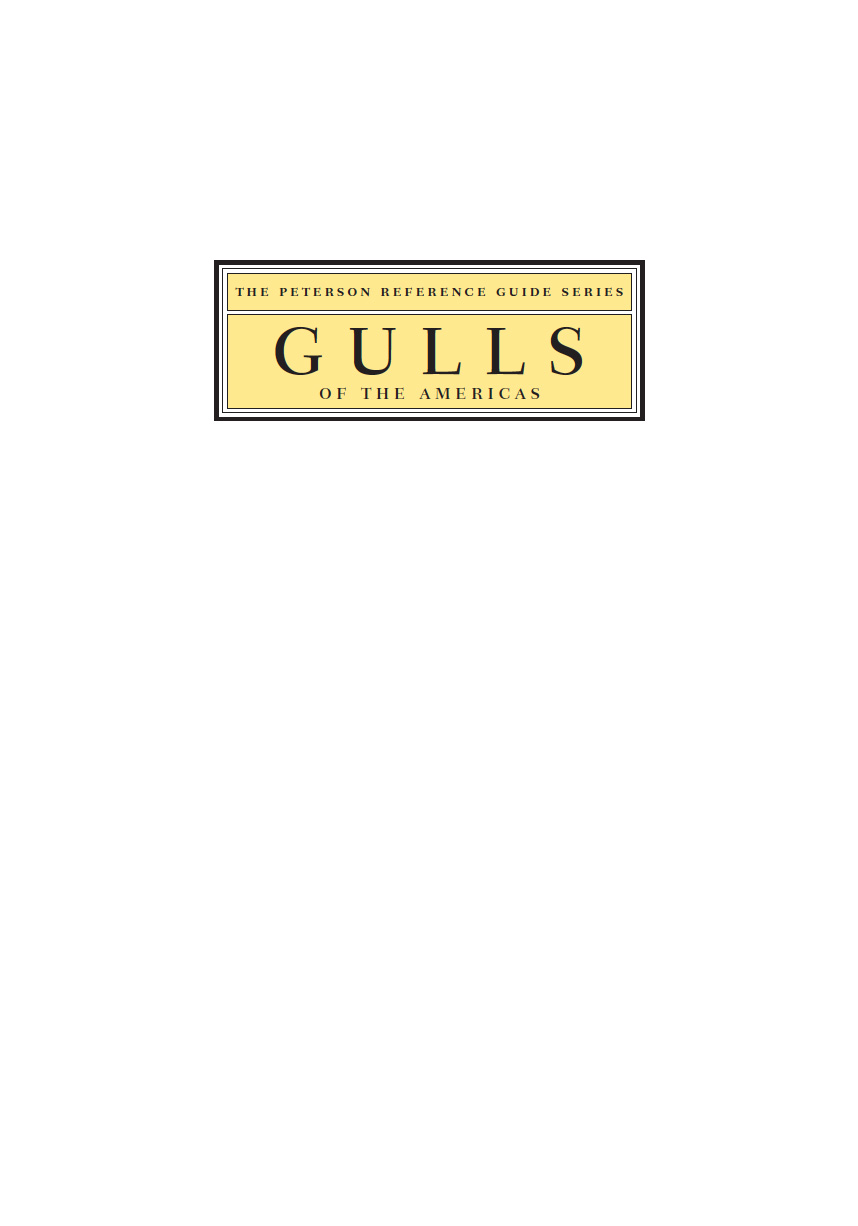
HOW TO USE THIS BOOK
When opening up any new bird book, one is almost overwhelmingly tempted to flip straight to the pictures or to check the species accounts to answer a specific question. Ultimately, however, you will get more out of a book by familiarizing yourself with the contents and by reading the introductory material, starting with this section on how the book is laid out.
PLATES
Immediately following the introduction, photographs of all species covered are arranged on plates with captions that highlight identification criteria for each species and plumage cycle. Photos were selected to show a representative range of plumages, with an emphasis on birds of typical appearance. Nonbreeding and breeding adults are shown first; then come juvenile through subsequent immature ages, typically arranged in chronological sequence; birds at rest are shown first, followed by birds in flight (including those with wings stretched to show wingtip patterns). Note that photos , etc. are grouped at the start of relevant chapters (e.g., the first group = Masked Gulls).
SPECIES ACCOUNTS
The accounts of each subgroup of gulls (see ).
Photos of each species are listed, including references to photos elsewhere in the book (such as in the introduction); note that photo numbers with a zero suffix, such as 18.0, refer to photos grouped together for comparison. The Identification Summary, Taxonomy, and Status and Distribution sections then provide background information for each species, followed by characters, that relate directly to field identification; last is a list of references cited in each account.
IDENTIFICATION SUMMARY
This section summarizes background information on a species, such as geographic range, structural characters, diagnostic features, and other points relevant to identification. Because gull identification can be complex, you are often referred to the similar species section for more-detailed information.

